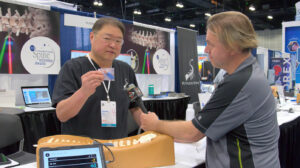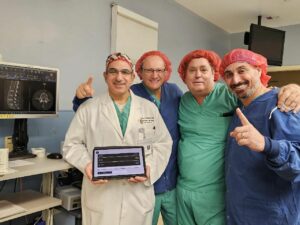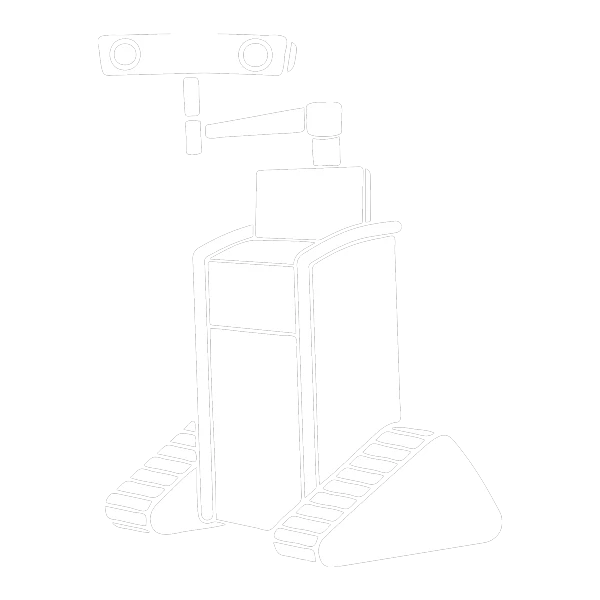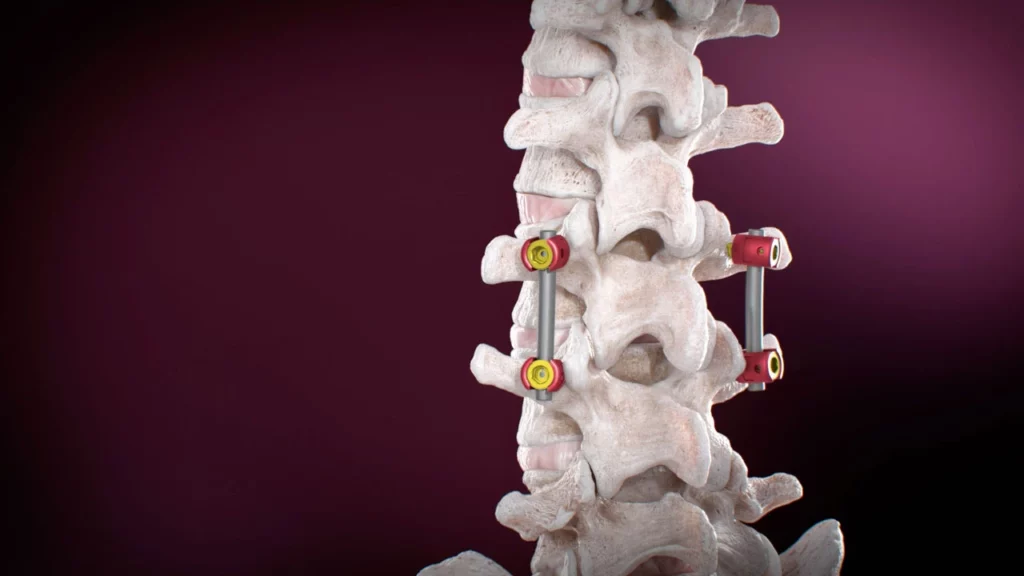
Table of Contents
ToggleHow to Fix Loose Pedicle Screws: A Comprehensive Guide
Understanding Loose Pedicle Screws
Loose pedicle screws are a common complication in spinal surgery, particularly in procedures involving the lumbar spine. Therefore, proper screw fixation is critical to ensure the stability of the spine and the success of the surgery. If left unaddressed, loose screws can lead to pain, spinal instability, and even failure of the spinal fusion. Consequently, in this article, we will identify and share how to fix loose pedicle screws.
Causes of Loose Pedicle Screws
Improper Placement: Accurate placement of pedicle screws is crucial. Inaccurate imaging or navigation can lead to misplacement, causing screws to loosen over time.
Patient Factors: Conditions like osteoporosis weaken the bone, making it difficult for screws to hold firmly.
Device Issues: Poor screw design or material defects can also contribute to loosening.
Identifying Loose Screws
Symptoms of loose pedicle screws include persistent pain at the surgical site, abnormal movement in the spine, and sometimes swelling or inflammation. Early detection through imaging studies such as X-rays or CT scans is essential for timely intervention.
Solutions on How to Fix Loose Pedicle Screws
1. Revision Surgery
In cases where screws are significantly loose, revision surgery might be necessary. This involves removing the loose screws and replacing them with new ones, often in a different trajectory or using larger screws to achieve better fixation.
2. Bone Grafting
Adding bone grafts around the loose screw site can enhance stability. The grafts promote bone growth, which helps to secure the screws more effectively.
3. Using Advanced Surgical Tools
The Ruthless Spine RJB intraoperative surgical angle measurement tool, offers real-time visualization of the axial and sagittal trajectory of the instrument shaft.
The RJB can be used during pedicle screw placement but cannot fix loose pedicle screws on its own. It can, however, be used in procedures where new screws are implanted to replace loose ones.
For the full instructions on using the RJB, refer to our ‘RJB User Guide’.
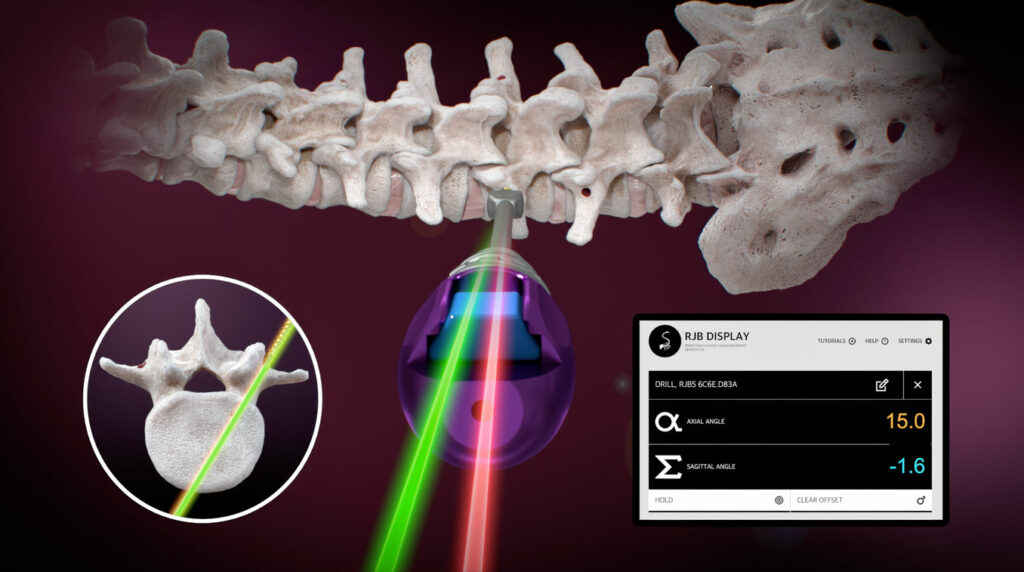
4. Ensuring Optimal Patient Health
Addressing underlying conditions like osteoporosis through medication and lifestyle changes can significantly improve bone density and consequently reduce the risk of screw loosening. Additionally, regular follow-ups and imaging studies are essential to monitor the stability of the screws. Furthermore, timely interventions based on these monitoring results can help in maintaining the effectiveness of the treatment.
Preventive Measures: How to Fix Loose Pedicle Screws
Preoperative Planning: Thorough preoperative planning, including imaging studies and templating, helps in accurate screw placement.
Surgeon Skill and Experience: Ensuring that surgeries are performed by experienced surgeons can significantly reduce the risk of screw loosening.
Use of High-Quality Screws: Opting for screws with proven designs and materials can enhance fixation and reduce the likelihood of loosening.
Conclusion on How to Fix Loose Pedicle Screws
Loose pedicle screws can pose significant challenges in spinal surgery. However, with the right approach and tools, they can be effectively managed. For instance, revision surgeries, advanced surgical tools, and ensuring optimal patient health are key strategies in fixing loose pedicle screws and achieving successful surgical outcomes. Additionally, a thorough preoperative assessment and meticulous surgical planning contribute to the overall success of the procedure. Furthermore, postoperative care and monitoring are crucial in maintaining the stability and integrity of the surgical site. Consequently, these comprehensive strategies collectively enhance the likelihood of positive patient outcomes in spinal surgery.
References: How to Fix Loose Pedicle Screws
- Ruthless Spine Company Information. (2024). Ruthless Spine RJB Overview. Retrieved from Ruthless Spine
- FDA Medical Devices Database. (2023). Device Classification and Regulatory Approval. Retrieved from FDA

